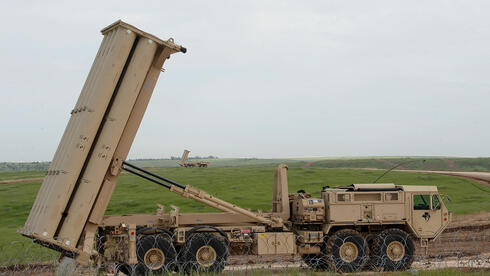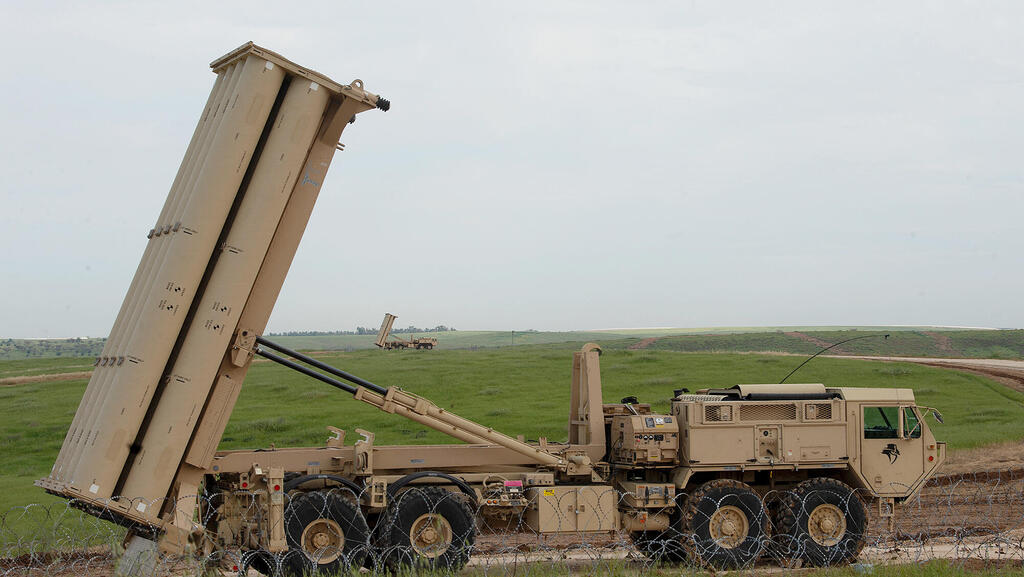
New THAAD system deployment signals strong US-Israel defense alliance
The move enhances Israel's capabilities to counter potential missile barrages from Iran.
The U.S. Army is set to deploy a THAAD air defense system battery in Israel as part of ongoing efforts to defend against potential additional barrages of ballistic missiles from Iran. The decision to deploy the system was made by the U.S. Department of Defense in light of Israel's preparations to respond to a barrage of over 180 ballistic missiles that Iran launched at the beginning of the month. Iran has recently threatened that any Israeli retaliation will be met with further missile strikes.
According to security officials, the American system will be deployed at a pre-designated site that was determined long ago as part of joint exercises conducted by the U.S. Army and the IDF. The system will integrate with Israel's existing air defense infrastructure, including the Arrow 2 and Arrow 3 missile batteries and the David’s Sling system. These Israeli systems are the primary defense against ballistic missile threats from Iran. Once deployed, the American THAAD system will share missile interception duties with the Israeli systems through a common control room, where the Air Force's air defense system will decide which system will intercept which threats.
The THAAD battery will be operated by dozens of U.S. Army personnel and includes a dedicated radar developed by Raytheon. This radar will complement the Green Pine radar used by the Arrow system, which is manufactured by Elta, a division of Israel Aerospace Industries (IAI). This is not the first time the THAAD system has been deployed in Israel—both the system and its radar have been used previously in joint exercises, including one in 2019.
Manufactured by Lockheed Martin, the THAAD system has been in operational use by the U.S. military for about 15 years. Its first operational interception occurred in January 2022, when the Houthis in Yemen launched a ballistic missile at the United Arab Emirates during an official visit by Israeli President Isaac Herzog.
Defense sources told Calcalist that while the deployment of the American THAAD battery will assist in defending against additional missile attacks from Iran, it does not offer capabilities beyond those of the existing Arrow 2 defense system. Both systems operate within the same range, around 200 kilometers, and at an altitude of approximately 150 kilometers.
In addition to providing another layer of defense—particularly helpful in the event of a large-scale missile barrage—the deployment of the THAAD system also sends a strong message to Iran and the Houthis in Yemen about the U.S.'s commitment to supporting Israel.
During the ballistic missile attack earlier this month, Iran launched around 180 missiles targeting central Israel and the Negev, including Air Force bases. Most of the missiles were intercepted by the Arrow 2 and Arrow 3 systems. However, a few missiles managed to strike the ground, causing damage to buildings and property. The Israeli Tax Authority estimates that the total damage from the missile attack amounts to approximately NIS 150-200 million.














